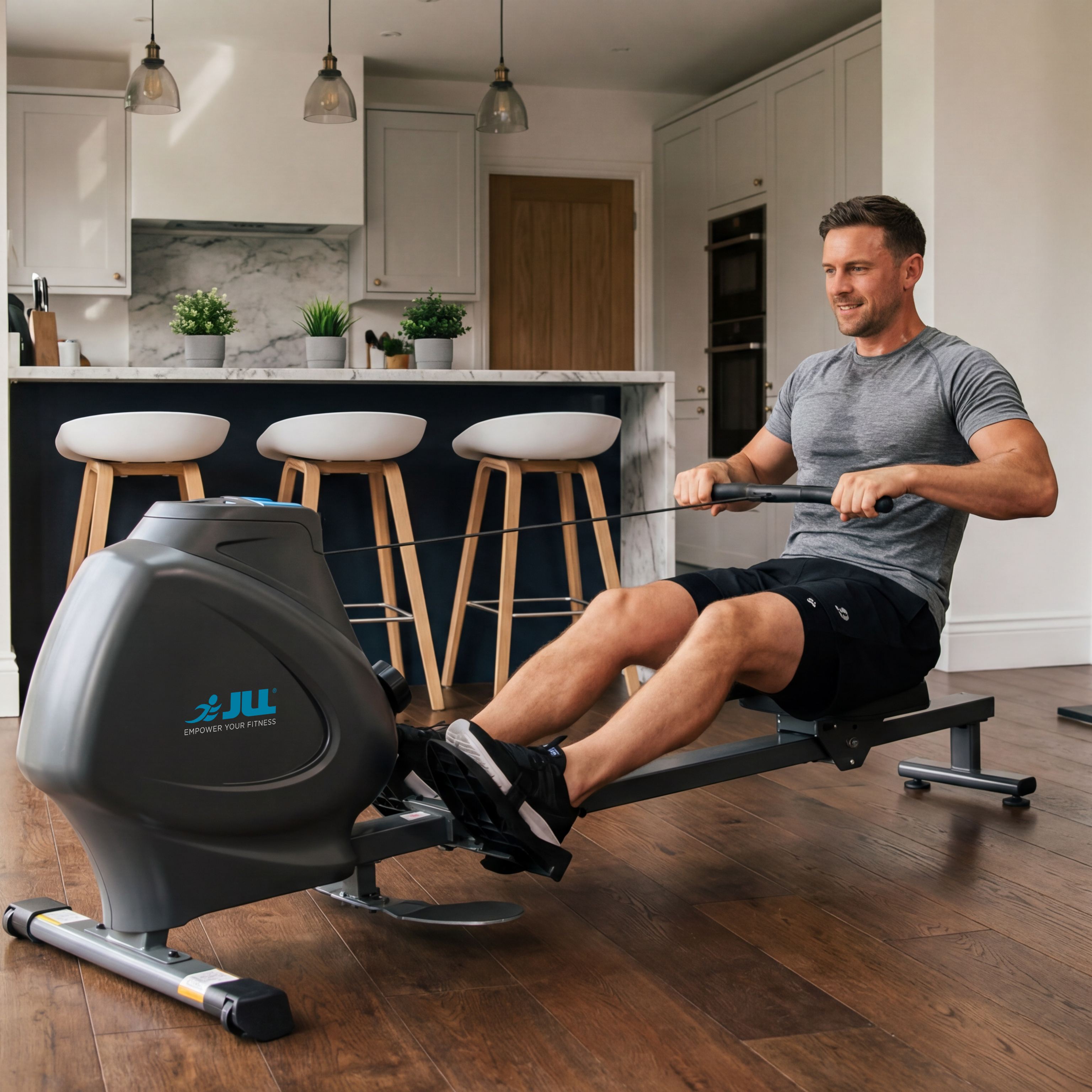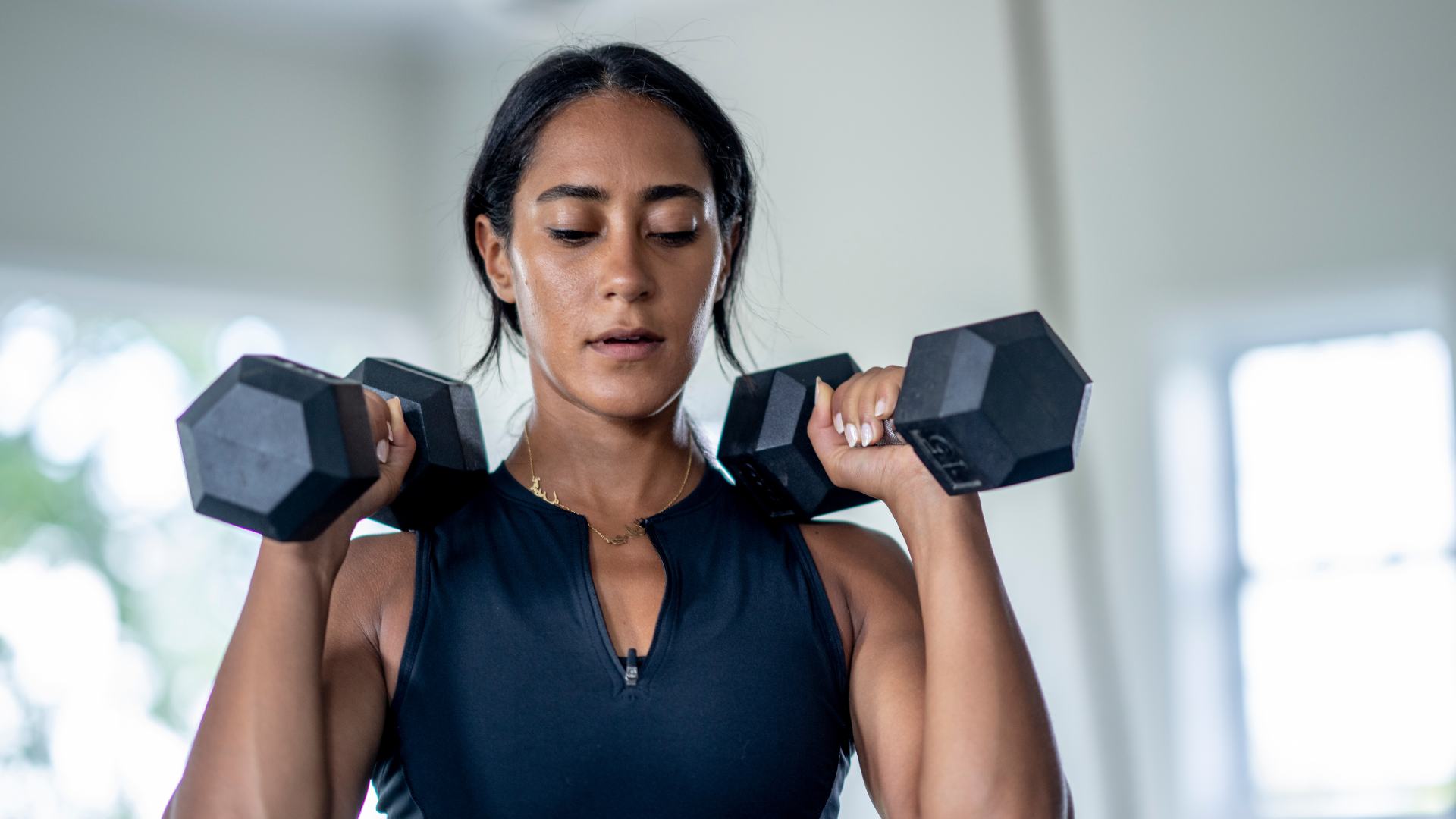When planning your workout routine, it’s helpful to group muscle training sessions in a way that optimises recovery and targets muscles efficiently. Here are common and effective muscle group pairings you can train together:
1. Chest and Triceps
- Why they work well together: Both the chest and triceps are engaged during pushing movements. For example, when you perform exercises like bench presses or push-ups, your chest is the primary mover while your triceps assist in pushing.
Example exercises:
- Chest: Bench press, chest flyes, push-ups
- Triceps: Tricep dips, tricep pushdowns, skull crushers
2. Back and Biceps
- Why they work well together: Similar to the chest and triceps pairing, the back and biceps are involved in pulling movements. When you perform exercises like pull-ups or rows, your back is the primary mover, and your biceps assist in pulling.
Example exercises:
- Back: Deadlifts, pull-ups, barbell rows, lat pulldowns
- Biceps: Bicep curls, hammer curls, preacher curls
3. Legs (Quads, Hamstrings, Glutes) and Core
- Why they work well together: Training the lower body often engages the core for stability. Core exercises help improve balance and strength for leg movements like squats and lunges. Additionally, legs are such a large muscle group that training them alone or with core can be efficient and exhausting.
Example exercises:
- Legs (Quads, Hamstrings, Glutes): Squats, lunges, deadlifts, leg presses, Bulgarian split squats
- Core: Planks, Russian twists, leg raises, cable wood chops
4. Shoulders and Arms (Deltoids, Triceps, Biceps)
- Why they work well together: Shoulders are involved in both pushing and pulling motions, which makes training them along with arms efficient. By training deltoids, triceps, and biceps together, you can streamline your workout, as arms often assist with shoulder movements.
Example exercises:
- Shoulders (Deltoids): Shoulder press, lateral raises, front raises, Arnold press
- Arms (Triceps, Biceps): Bicep curls, tricep kickbacks, hammer curls
5. Chest and Back
- Why they work well together: Chest and back are opposing muscle groups (agonist/antagonist). Training them together can be effective because it balances the workload on both sides of your body, promoting symmetry and stability. This pairing is also effective for maximising time since you can alternate between pushing (chest) and pulling (back) exercises without overworking one muscle group.
Example exercises:
- Chest: Incline bench press, dumbbell flyes, chest dips
- Back: Lat pulldowns, bent-over rows, seated rows
6. Legs and Shoulders
- Why they work well together: If you want to focus on larger muscle groups and burn more calories, pairing legs and shoulders can be effective. These two areas can complement each other because leg exercises often demand core and shoulder stability.
Example exercises:
- Legs: Squats, lunges, Romanian deadlifts
- Shoulders: Overhead press, lateral raises, face pulls
7. Full Body or Push/Pull/Legs Split
- Full Body: You can train all major muscle groups in a single session, especially if you have limited time during the week. Compound movements like squats, deadlifts, and bench presses work several muscle groups at once.
Push/Pull/Legs Split: A popular training split where:
- Push Day: Chest, shoulders, triceps (push movements)
- Pull Day: Back, biceps (pull movements)
- Leg Day: Quads, hamstrings, glutes, calves
Example Push/Pull/Legs Routine:
- Push: Bench press, overhead press, tricep dips
- Pull: Deadlifts, barbell rows, pull-ups
- Legs: Squats, lunges, leg press
Benefits of Grouping Muscle Training:
- Maximises Recovery: By training complementary muscle groups together (e.g., chest and triceps), you allow other muscles time to rest and recover between sessions, which improves overall workout efficiency.
- Prevents Overtraining: Proper grouping helps prevent overtraining one muscle group. This reduces injury risks and helps maintain long-term progress.
- Better Workouts: Grouping muscles that work together (like back and biceps) makes workouts more efficient because you target muscles that are already engaged, improving your ability to perform exercises with better intensity.
- Balanced Physique: Training muscle groups together or on opposite days (agonist/antagonist) ensures you build balanced strength, which can improve posture and performance.
General Guidelines
- Frequency: Ideally, train each major muscle group 2-3 times a week with sufficient recovery time (48 hours).
- Rest: Include rest days or alternate muscle groups to prevent fatigue and injury.
- Variety: Change up your pairings or exercises every 4-6 weeks to avoid plateaus.
By training muscle groups that work well together, you can ensure a balanced, efficient workout plan that promotes muscle growth and overall fitness.








Leave a comment
All comments are moderated before being published.
This site is protected by hCaptcha and the hCaptcha Privacy Policy and Terms of Service apply.